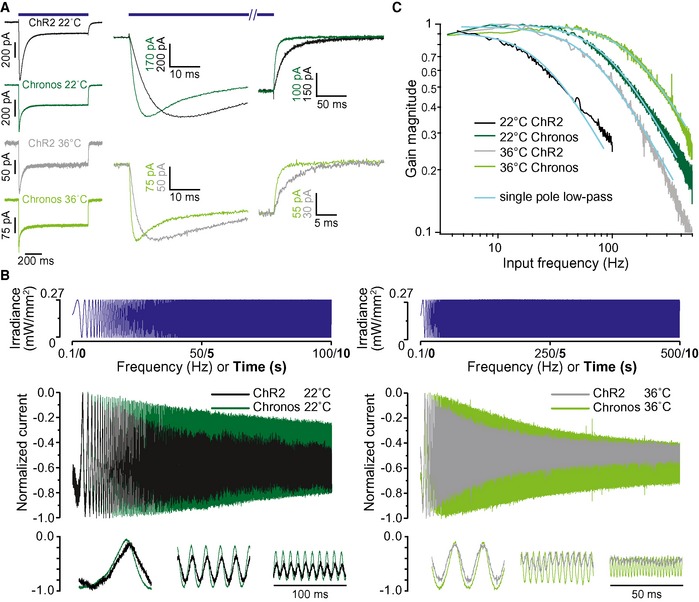Figure 1. Chronos mediates fast light‐driven currents.

- One‐second‐long light pulses (LED centered 480 nm, 0.27 mW/mm2) elicit current responses in HEK‐293T cells expressing ChR2 and Chronos, tested at 22 and 36°C. Right panels show activation and deactivation at higher time resolution.
- A quasi‐periodic chirp stimulus is used to directly probe the bandwidth of Chronos‐ and ChR2‐mediated photocurrents in HEK‐293T cells. Top: stimulus, middle: full response, bottom: sections from the beginning, middle, and end of the response. Note the substantially larger frequency range over which Chronos currents follow the light stimulus. At 36°C, this range is extended even further.
- Analysis of the chirp responses of HEK‐293T cells as in (B). The current amplitude modulation is plotted against the stimulus frequency. The smooth lines represent fits to the magnitude of the transfer function of a single pole filter abs ((1+ if/f cut)−1).
